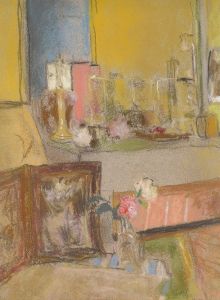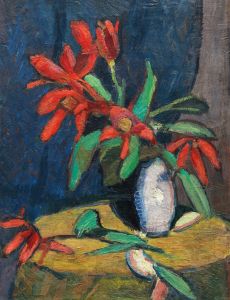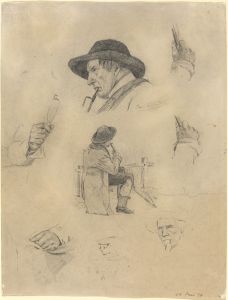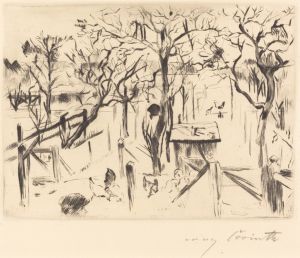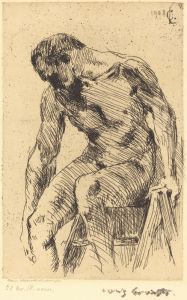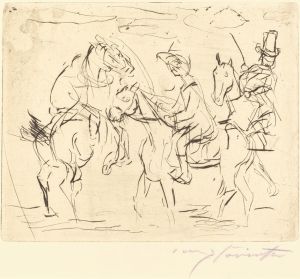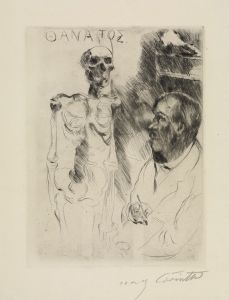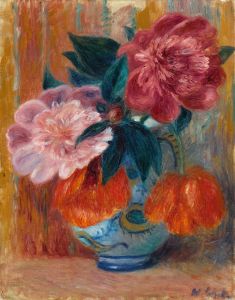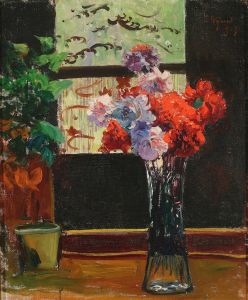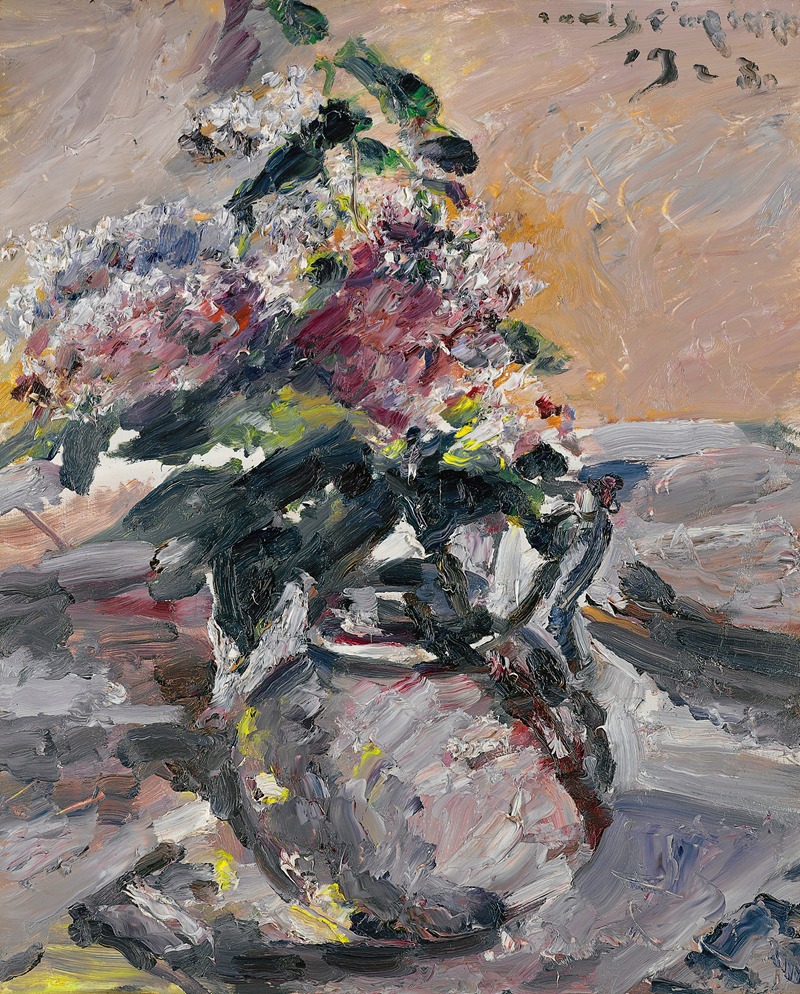
Flieder Im Glaskrug
A hand-painted replica of Lovis Corinth’s masterpiece Flieder Im Glaskrug, meticulously crafted by professional artists to capture the true essence of the original. Each piece is created with museum-quality canvas and rare mineral pigments, carefully painted by experienced artists with delicate brushstrokes and rich, layered colors to perfectly recreate the texture of the original artwork. Unlike machine-printed reproductions, this hand-painted version brings the painting to life, infused with the artist’s emotions and skill in every stroke. Whether for personal collection or home decoration, it instantly elevates the artistic atmosphere of any space.
Lovis Corinth's painting Flieder im Glaskrug (translated as Lilacs in a Glass Jug) is a still-life artwork created by the German painter and printmaker Lovis Corinth. Corinth, a prominent figure in the transition from Impressionism to Expressionism, was known for his dynamic brushwork, vibrant use of color, and ability to capture the vitality of his subjects. This painting exemplifies his skill in depicting floral arrangements, a recurring theme in his body of work.
The artwork features a bouquet of lilac flowers placed in a transparent glass jug. The composition highlights Corinth's mastery of light and texture, as the delicate petals of the lilacs contrast with the reflective surface of the glass container. The painting is characterized by loose, expressive brushstrokes and a rich color palette, which are hallmarks of Corinth's mature style. The interplay of light and shadow in the piece adds depth and a sense of immediacy, drawing the viewer's attention to the natural beauty of the flowers.
Flieder im Glaskrug was likely painted during Corinth's later years, a period when he increasingly focused on still-life subjects, particularly floral arrangements. This shift in subject matter coincided with a change in his artistic approach following a stroke in 1911, which partially paralyzed his left side. Despite this physical setback, Corinth continued to paint with remarkable vigor, and his works from this period often exhibit a heightened emotional intensity.
The painting reflects Corinth's interest in the ephemeral nature of life, a theme commonly explored in still-life art. The lilacs, with their fleeting bloom, serve as a poignant reminder of the passage of time and the transient beauty of nature. The glass jug, rendered with meticulous attention to detail, anchors the composition and provides a counterpoint to the organic forms of the flowers.
Lovis Corinth's works, including Flieder im Glaskrug, are celebrated for their ability to merge technical precision with expressive freedom. His contributions to modern art have earned him a significant place in art history, and his paintings are held in major museum collections worldwide. While specific details about the provenance or current location of Flieder im Glaskrug are not readily available, it remains an exemplary piece within Corinth's oeuvre, showcasing his talent for capturing the essence of his subjects with both sensitivity and vigor.





